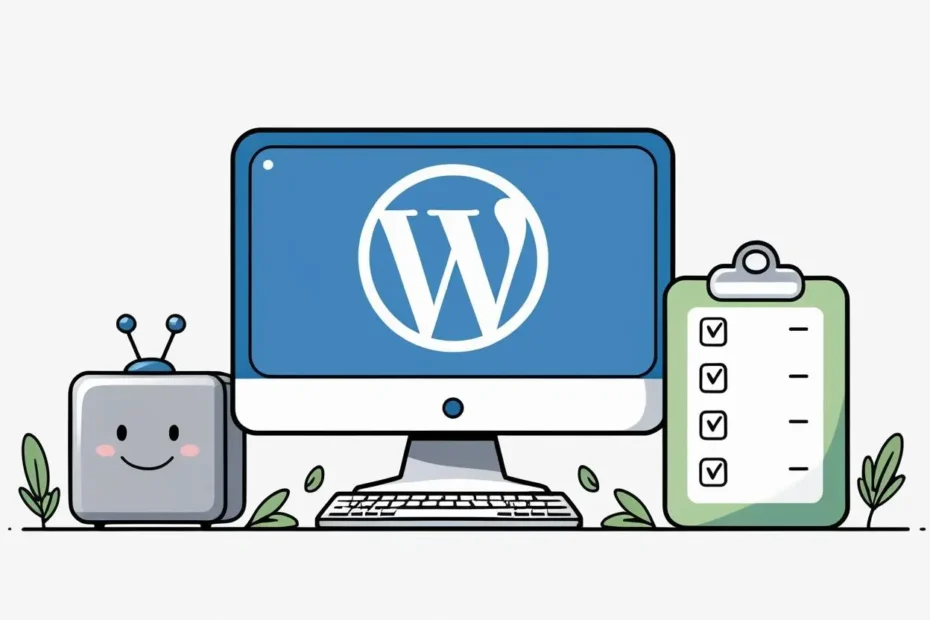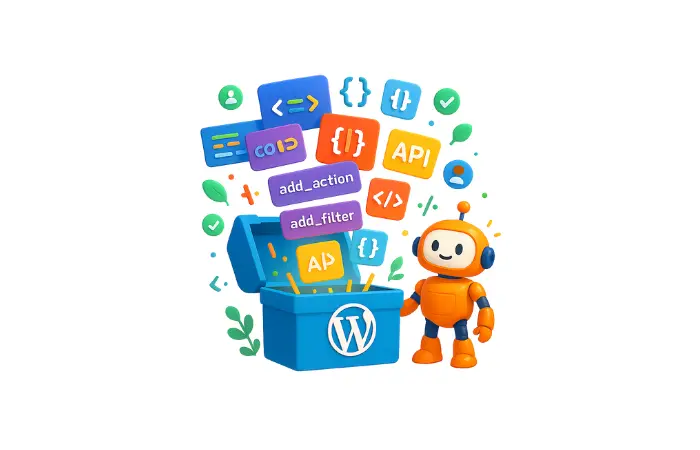Are you planning to launch a WordPress site but confused about server specs? Last month, I helped a friend launch her first WordPress site for her local bakery. Everything seemed perfect until her site crashed during her busiest weekend. The culprit? Her hosting provider was running PHP 7.2 (which reached end-of-life years ago) and had only 256MB of memory allocated.
That painful lesson taught us both something important: WordPress server requirements in 2025 are more critical than ever for reliable performance. Moreover, WordPress might be flexible, but skimping on server requirements will bite you when you need reliability most.
If you’re planning to launch a WordPress site in 2025, then getting the server requirements right from day one will save you headaches, downtime, and potentially lost customers. Additionally, WordPress technically runs on almost anything, but “technically works” and “works well under pressure” are two very different things.
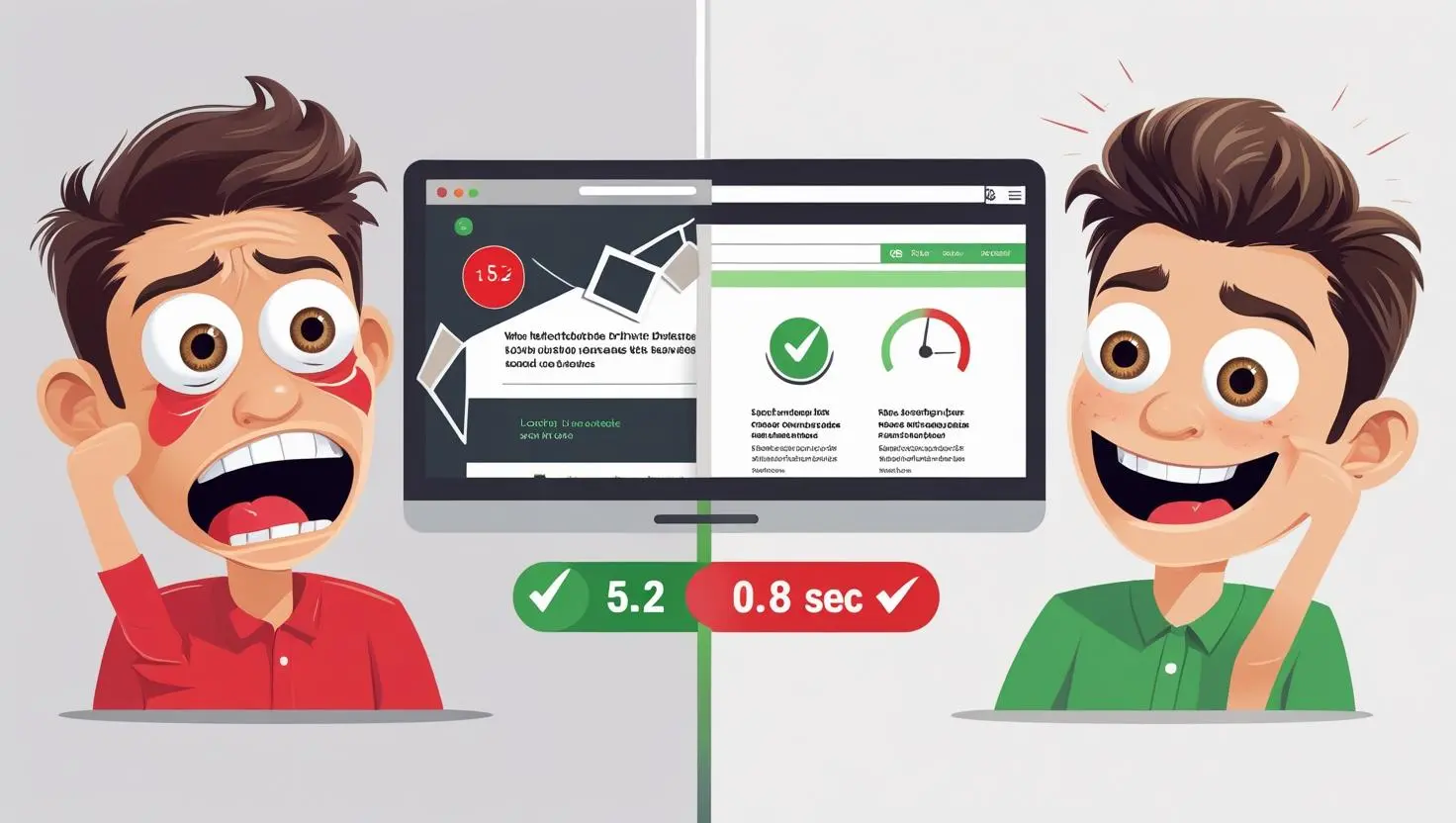
In this guide, I’ll walk you through the 6 critical WordPress server requirements you need to know. Furthermore, this information comes from both WordPress.org’s official recommendations and real-world experience managing WordPress sites that actually need to perform.
Understanding WordPress Server Requirements Basics
WordPress server requirements are the minimum technical specifications your hosting environment needs to run WordPress effectively. Think of them as the foundation of your digital house – cut corners here, and everything built on top becomes unstable.
Currently, WordPress officially requires PHP version 7.4 or greater, MySQL version 5.7 or greater (or MariaDB version 10.4 or greater), and HTTPS support. However, sticking to just the minimums is like buying a car based only on whether it starts – you want something that actually gets you where you’re going reliably.
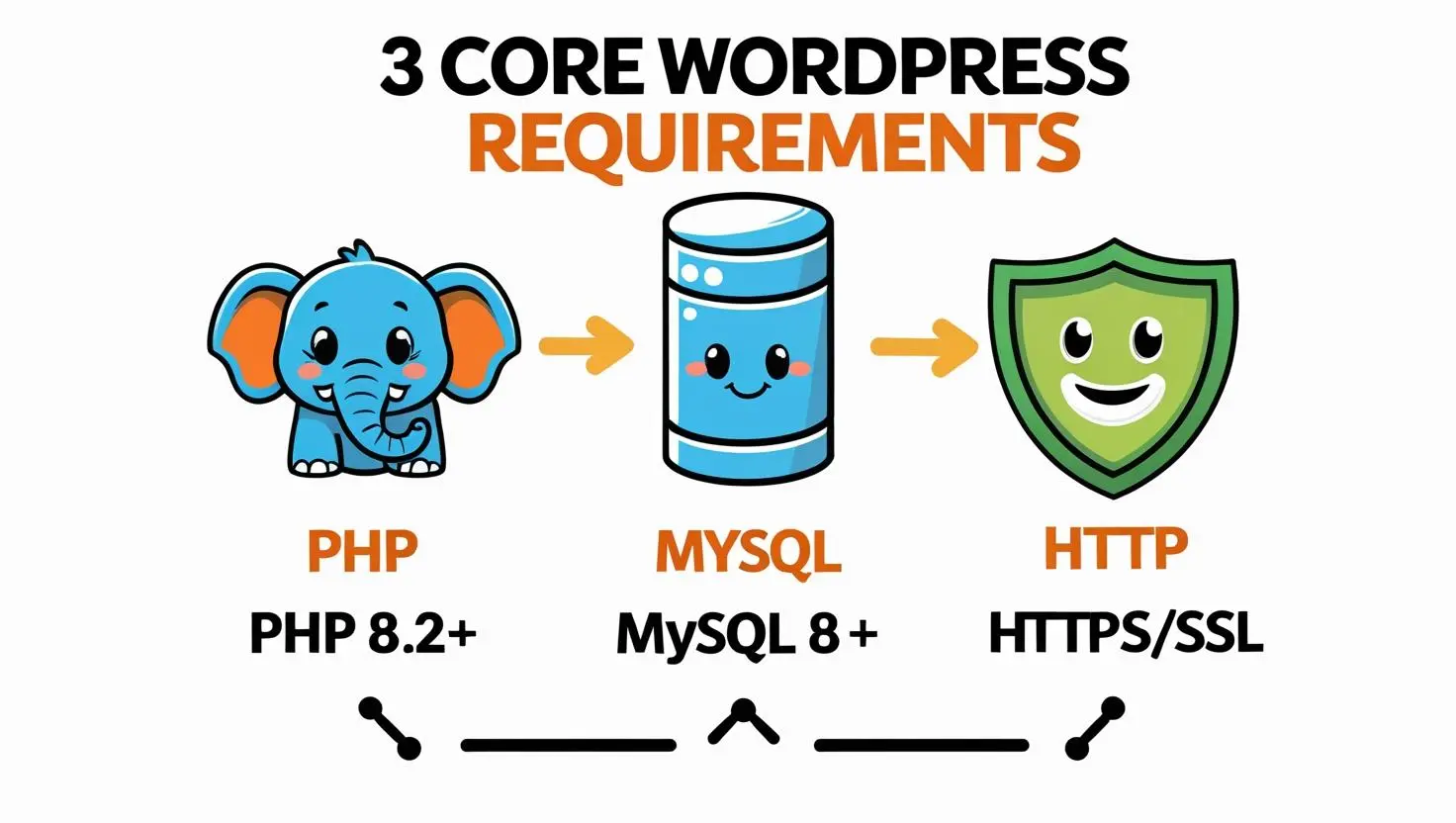
Why WordPress Hosting Requirements Matter in 2025
Here’s what happens when your server doesn’t meet proper WordPress server requirements:
- Site crashes during traffic spikes (like my friend’s bakery weekend)
- Slow loading times that hurt your Google rankings
- Security vulnerabilities from outdated PHP versions
- Plugin conflicts and unexpected errors
- Poor user experience that drives visitors away
Importantly, WordPress server plays a big role in your site’s performance. Limited server specifications can slow down your site, which consequently has a negative impact on user experience and keyword rankings. In 2025, with Core Web Vitals being a ranking factor and users expecting sub-2-second load times, getting this foundation right isn’t optional.
The 6 Essential WordPress Server Requirements for 2025
1. PHP Version Requirements – Your WordPress Engine
Minimum: PHP 7.4+
Recommended: PHP 8.2 or 8.3
What Works Best: PHP 8.2 (stable and well-tested)
WordPress 6.8 supports PHP 8.1 (Security Support), 8.2 (Active Support), 8.3 (Active Support), and 8.4 (Candidate Support). However, here’s the important thing – PHP version 7.4 no longer gets any security updates, which makes it a security risk.
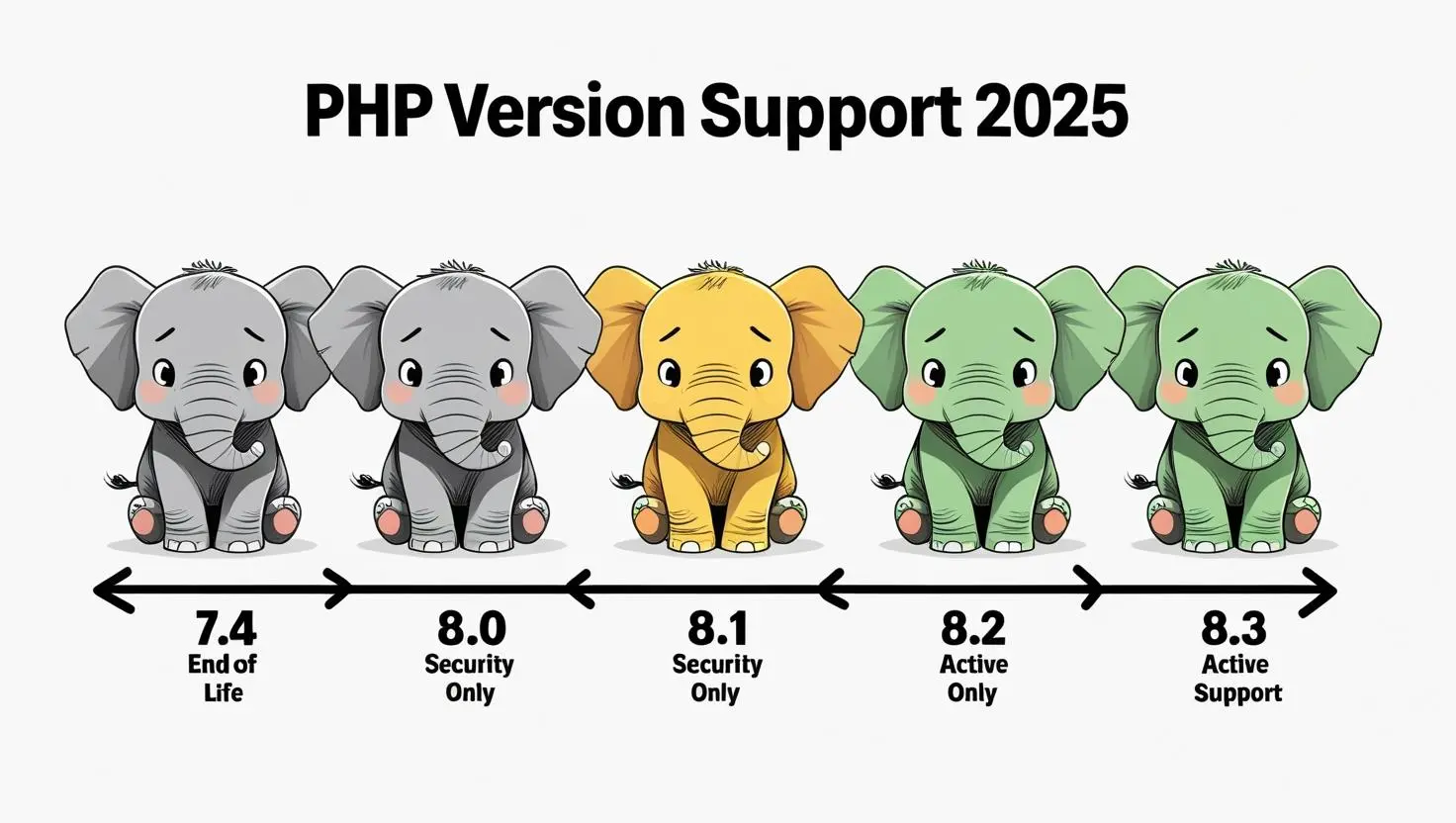
Why This Matters for WordPress Performance:
- Performance boost: PHP 8.0+ delivers up to 30% better performance than PHP 7.4
- Security: Active support means regular security patches
- Plugin compatibility: Modern plugins are optimized for newer PHP versions
How to Check Your Current PHP Version:
- First, go to your WordPress dashboard
- Next, navigate to Tools » Site Health
- Then, click the Info tab
- After that, expand the Server section
- Finally, look for your PHP version
Important Note: Before upgrading PHP, always test on a staging site first. Many sites break during automatic PHP updates because they were running old plugins.
2. Database Requirements for WordPress – Where Your Content Lives
WordPress Database Options:
- MySQL 8.0+ (recommended choice)
- MariaDB 10.5+ (open-source MySQL alternative)
Best Choice: MySQL 8.0 LTS for stability
Currently, WordPress 6.8 supports MySQL 8.0 (LTS), 8.4 (LTS), and 9.1, plus MariaDB 10.5 through 11.5. The database is where all your posts, pages, user data, and settings live. Furthermore, a properly configured database can make the difference between a snappy site and one that feels sluggish.
Database Performance Tips:
- Use SSD storage for your database (3x faster than traditional HDDs)
- Enable query caching to reduce database load
- Regular optimization to keep tables clean
How to Check Your Database Version:
- Go to Tools » Site Health » Info
- Then, expand the Database section
- Finally, look for your MySQL or MariaDB version
3. Web Server Software Requirements – Your Site’s Delivery System
Best WordPress Server Options:
- Apache with mod_rewrite module
- Nginx (faster for high-traffic sites)
- LiteSpeed (increasingly popular, great performance)
According to WordPress hosting handbook, Apache or Nginx is recommended as the most robust and featureful server for running WordPress. Nevertheless, any server that supports PHP and MySQL will work.
My Server Setup Experience: Most of my sites run on Nginx because it handles concurrent users better. However, for beginners, Apache is often easier to configure and more universally supported.
Essential Server Features to Look For:
- mod_rewrite support (for pretty permalinks)
- HTTPS support (essential for SEO and security)
- Compression enabled (gzip or Brotli)
4. WordPress Hardware Requirements – The Muscle Behind Your Site
Minimum Hardware Specifications:
- Storage: 1GB (for basic WordPress install)
- RAM: 512MB (WordPress minimum)
- CPU: 1.0 GHz
What Actually Works Well:
- Storage: 10GB+ SSD storage
- RAM: 2GB+ for smooth operation
- CPU: Modern multi-core processor
WordPress requires a minimum of 1GB RAM for basic functionality, and for optimal performance, 2GB or more is recommended. However, here’s my real-world experience: anything less than 2GB RAM will struggle once you add caching, security plugins, and start getting traffic.
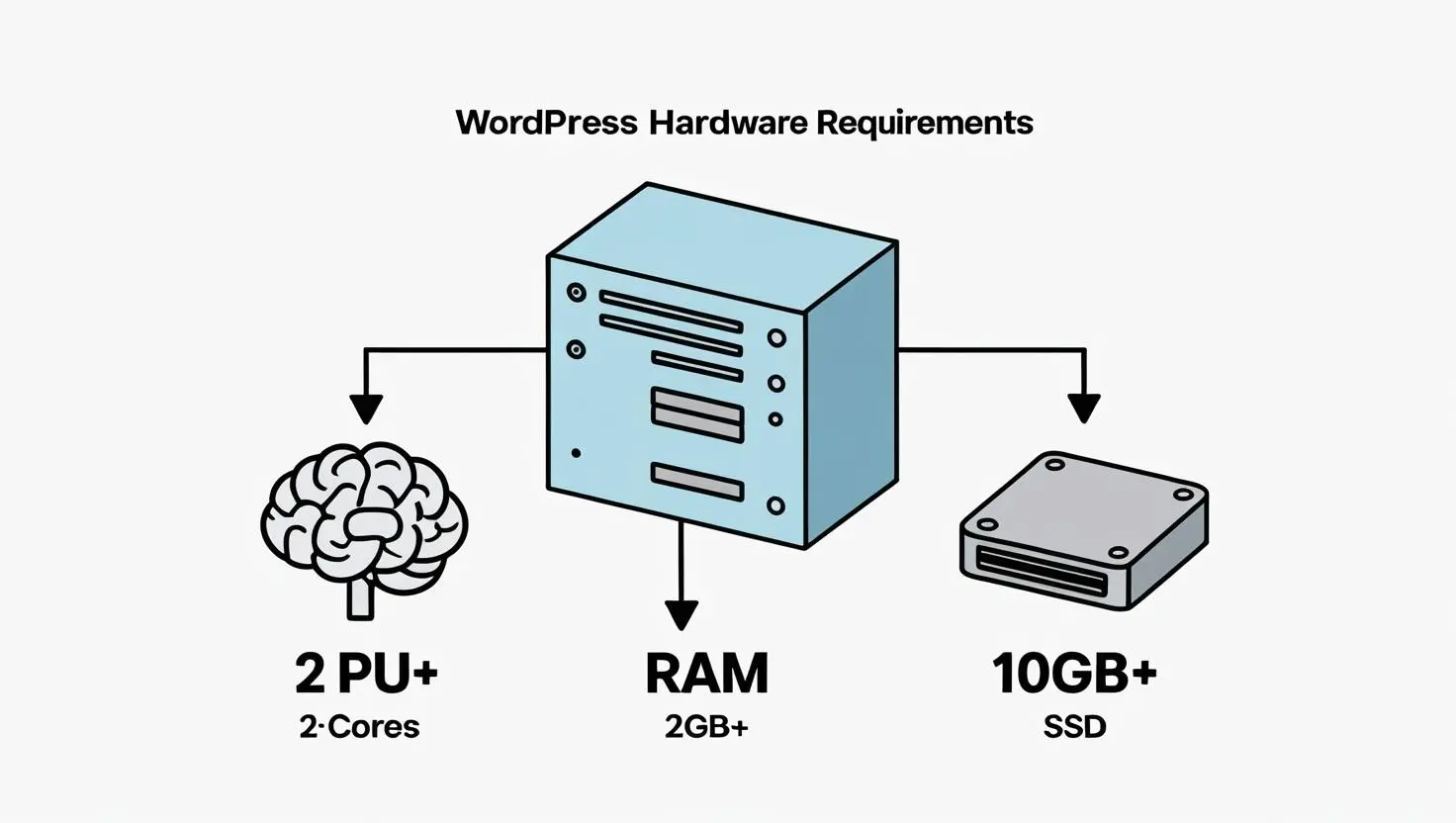
Storage Type Considerations:
- SSD vs HDD: SSD is 3-10x faster for database operations
- Size planning: Account for themes, plugins, media uploads, and backups
- Smart choice: Always go with SSD storage, even if it costs a bit more
Pro Tip: Don’t just look at storage size – ask about I/O limits. Some cheap providers throttle disk operations, which can slow your site even with SSDs.
5. HTTPS Support Requirements – Security That Google Loves
Essential HTTPS Requirements:
- SSL certificate support (preferably free via Let’s Encrypt)
- Automatic HTTPS redirects
- Strong encryption (TLS 1.2 or higher)
HTTPS makes it harder for hackers to eavesdrop on your connection, and it helps make your site more secure. Plus, it also sends a positive signal to search engines like Google and helps improve your WordPress SEO. In 2025, running a site without HTTPS is like leaving your front door unlocked.
What to Look For in SSL Support:
- Free SSL certificates included
- One-click SSL activation
- Automatic certificate renewal
6. PHP Memory and Configuration Requirements
Minimum PHP Settings:
- Memory Limit: 64MB (WordPress minimum)
- Max Execution Time: 30 seconds
- Max Upload Size: 32MB
What Works Better in Practice:
- Memory Limit: 256MB (512MB for WooCommerce)
- Max Execution Time: 60 seconds
- Max Upload Size: 64MB+
According to hosting optimization guides, memory limits should be at least 512MB PHP memory limit, 1GB+ for eCommerce sites.
[Image suggestion: PHP configuration settings panel or code snippet showing optimal memory settings]
How to Check Your PHP Settings:
- First, install a plugin like “Health Check & Troubleshooting”
- Alternatively, add this code to a temporary PHP file:
<?php phpinfo(); ?>
- Then, upload it to your site and visit the URL to see all PHP settings
Advanced WordPress Server Optimization Tips
Database Optimization Settings
For those managing their own servers or VPS, here are the MySQL configurations that work well:
innodb_buffer_pool_size = 70% of available RAM
max_connections = 200 (500 for high-traffic sites)
query_cache_size = 128M
PHP Performance Enhancements
Essential PHP Extensions:
- OPcache: Stores precompiled PHP code in memory
- Redis: Object caching for database queries
- Memcached: Alternative caching solution
Recommended PHP Configuration:
opcache.memory_consumption=256M
opcache.max_accelerated_files=10000
opcache.revalidate_freq=2
Server-Level Caching Implementation
Page caching should include Varnish cache or similar full-page caching with 1GB+ cache storage. I’ve seen caching reduce load times from 3 seconds to under 1 second.
How to Choose WordPress Hosting That Meets Server Requirements
Shared Hosting (Good for Beginners)
- Cost: $3-15/month
- Traffic: Up to 10,000 monthly visitors
- Best for: Personal blogs, small business sites
- Top picks: Bluehost, SiteGround, Hostinger
[Image suggestion: Comparison table of shared hosting providers with key specs and pricing]
Managed WordPress Hosting (Premium Choice)
- Cost: $15-50/month
- Traffic: 25,000+ monthly visitors
- Best for: Growing sites, businesses
- Top picks: Kinsta, WP Engine, SiteGround
VPS/Cloud Hosting (For Advanced Users)
- Cost: $20-100/month
- Traffic: Unlimited (depends on your configuration)
- Best for: High-traffic sites, custom setups
- Top picks: Contabo
Common WordPress Server Issues and Solutions
“Fatal Error: Allowed Memory Size Exceeded”
Quick Fix: Increase PHP memory limit in wp-config.php:
ini_set('memory_limit', '256M');
“Internal Server Error”
Common Cause: PHP version incompatibility Fix: First, downgrade PHP temporarily, then update plugins, and finally upgrade PHP again
Slow Database Queries
Solution: Enable query caching and consider database optimization plugins like WP-Optimize
Server Location and CDN Considerations
The physical location of your server affects loading speed significantly. If a user is located near your server, then your site will load faster compared to someone living further away. For global audiences, combining regional hosting with a CDN works best.
CDN Options That Work Well:
- Cloudflare (free tier available)
- MaxCDN (now StackPath)
- AWS CloudFront (for advanced users)
Hosting Providers That Excel at WordPress Server Requirements
Based on testing and client work, here are hosting providers that consistently meet and exceed WordPress hosting requirements:
For Beginners: SiteGround
- Why it’s great: Excellent support, automatic updates, built-in caching
- Server specs: PHP 8.2, MySQL 8.0, SSD storage, free SSL
- Performance: Consistently fast load times in testing
For Growing Sites: Contabo
- Why it’s recommended: Google Cloud infrastructure, staging sites, advanced caching
- Server specs: Latest PHP versions, MariaDB, NVMe SSD, HTTP/3
- Performance: Handles traffic spikes beautifully
For Budget-Conscious: Hostinger
- Why it works: LiteSpeed servers, decent performance, low cost
- Server specs: PHP 8.2, MySQL 8.0, SSD storage
- Performance: Good value for money, though support can be slower
WordPress Server Requirements Checklist
Before choosing any hosting provider, verify they offer:
✅ PHP 8.2+ support with easy version switching
✅ MySQL 8.0+ or MariaDB 10.5+ database options
✅ SSD storage (minimum 10GB, preferably more)
✅ 2GB+ RAM allocation for your hosting plan
✅ Free SSL certificates with automatic renewal
✅ Daily backups included in the plan
✅ Staging environment for testing changes
✅ CDN integration or built-in CDN
✅ 24/7 support with WordPress expertise
✅ Scalability options as your site grows
Conclusion: Start Strong, Scale Smart
Getting WordPress server requirements right isn’t about having the most expensive hosting. Instead, it’s about matching your technical foundation to your site’s actual needs. Start with hosting that exceeds the minimums, then monitor your site’s performance, and scale up as you grow.
Final recommendation: If you’re just starting out, go with managed WordPress hosting from SiteGround or Kinsta. Yes, it costs more than basic shared hosting, but the time you’ll save troubleshooting server issues is worth every penny.
Next Steps:
- First, check your current hosting against this WordPress server requirements list
- Then, if you’re missing critical specs, consider upgrading
- Additionally, set up monitoring to track your site’s performance
- Finally, plan for growth – you’d rather have extra capacity than need it desperately
Got questions about WordPress server requirements or need help choosing the right hosting setup? Drop a comment below – I read every one and often turn the best questions into detailed tutorial posts.
Remember: A solid server foundation lets you focus on what really matters – creating great content and growing your audience. Get the technical stuff right once, then concentrate on building something awesome.
Frequently Asked Questions About WordPress Server Requirements
What are the minimum WordPress server requirements for 2025?
WordPress requires PHP version 7.4 or greater, MySQL version 5.7 or greater (or MariaDB version 10.4 or greater), and HTTPS support. However, for optimal performance in 2025, PHP 8.2+, MySQL 8.0+, and at least 2GB of RAM work much better.
Can WordPress run on outdated server specifications?
WordPress can technically run on older specifications. However, older PHP or MySQL versions have reached their official End Of Life and may expose your site to security vulnerabilities. For a production site in 2025, always use supported versions.
How much storage space does WordPress need?
The WordPress installation itself is very lightweight (1GB). Nevertheless, disk space is required for additional resources, most notably for themes, plugins, media files, and especially videos. Starting with at least 10GB of SSD storage is recommended.
What’s the difference between MySQL and MariaDB for WordPress hosting?
Both work excellently with WordPress server requirements. MySQL is the original database system, while MariaDB is an open-source fork with enhanced performance features. Official recommendations include MySQL 8.0 LTS and MariaDB 10.11 LTS for optimal compatibility.
Do I need a CDN if my server meets WordPress requirements?
While not technically required, a CDN significantly improves loading speeds for global visitors. The physical distance between your site’s server location and the user’s location can affect the loading speed of your website. Therefore, a CDN helps eliminate this geographic lag.

